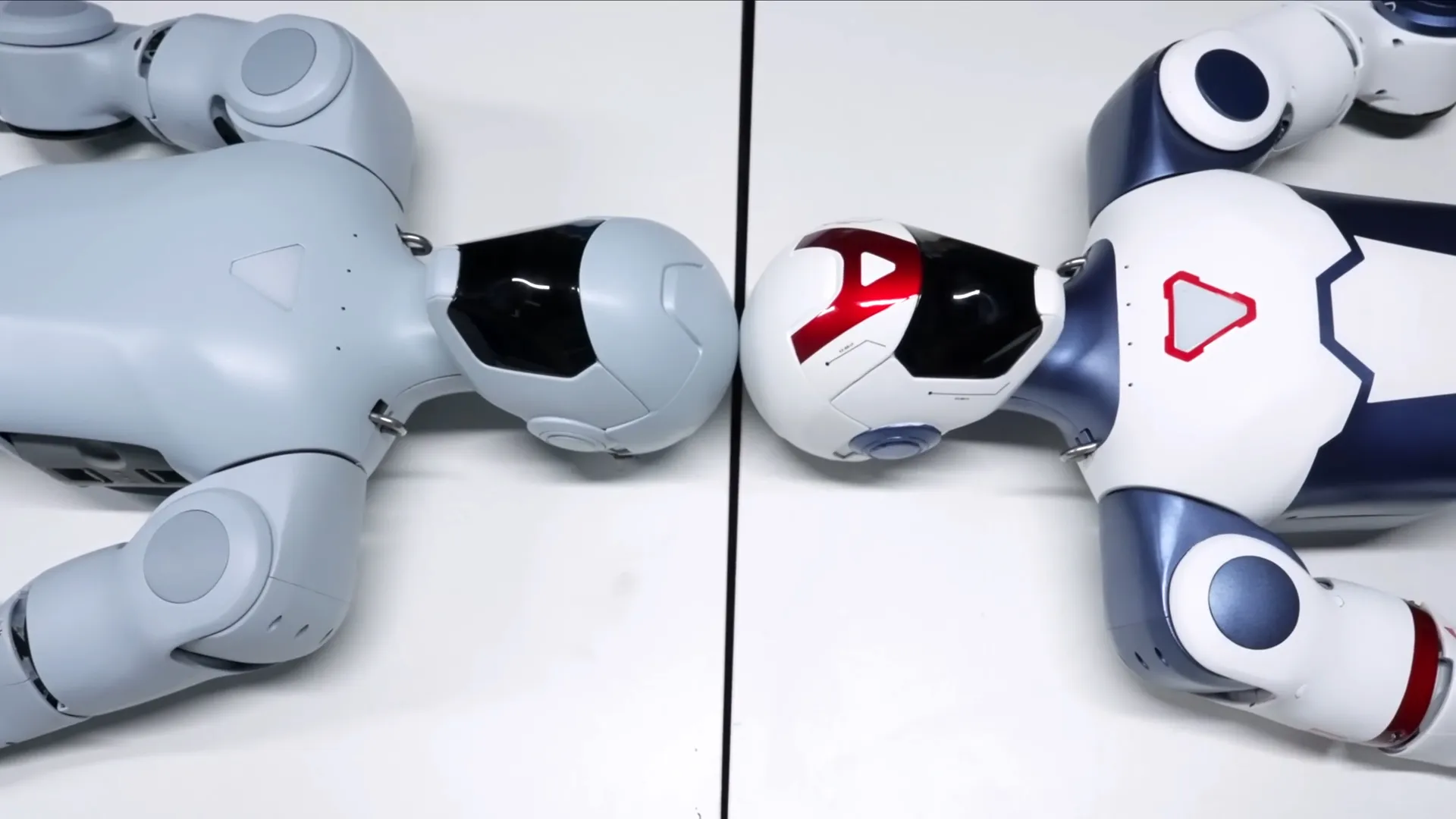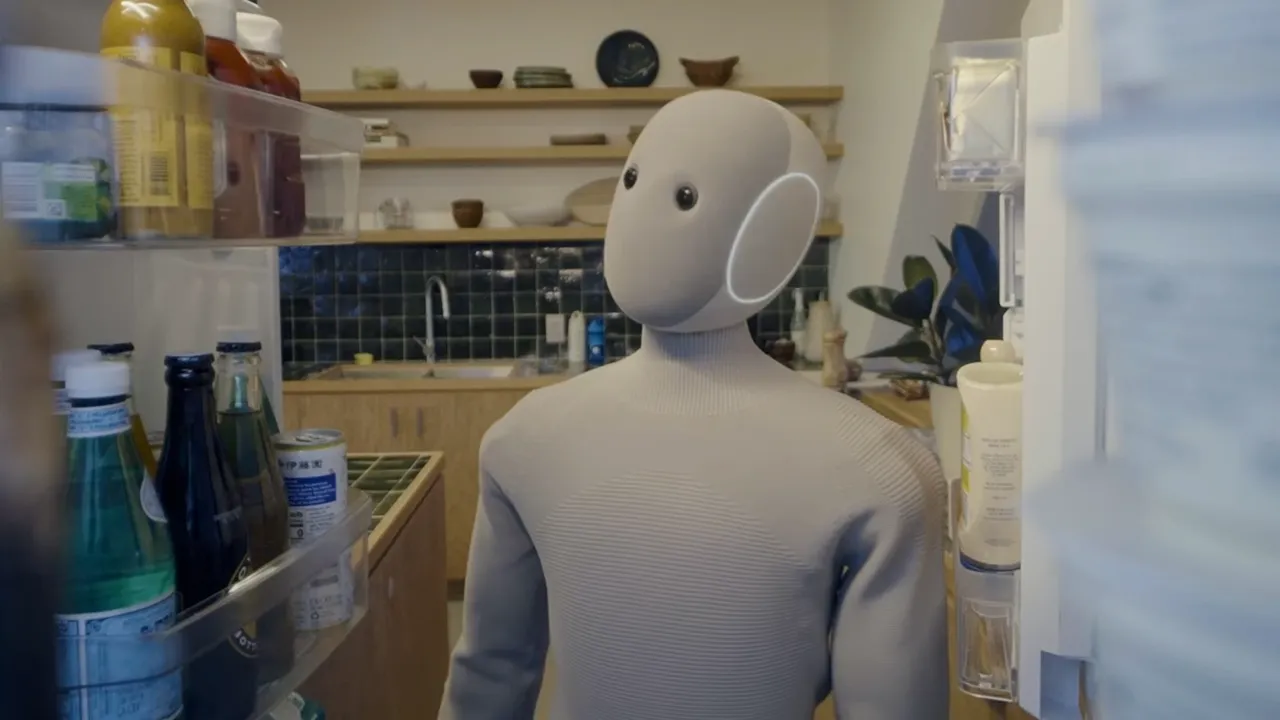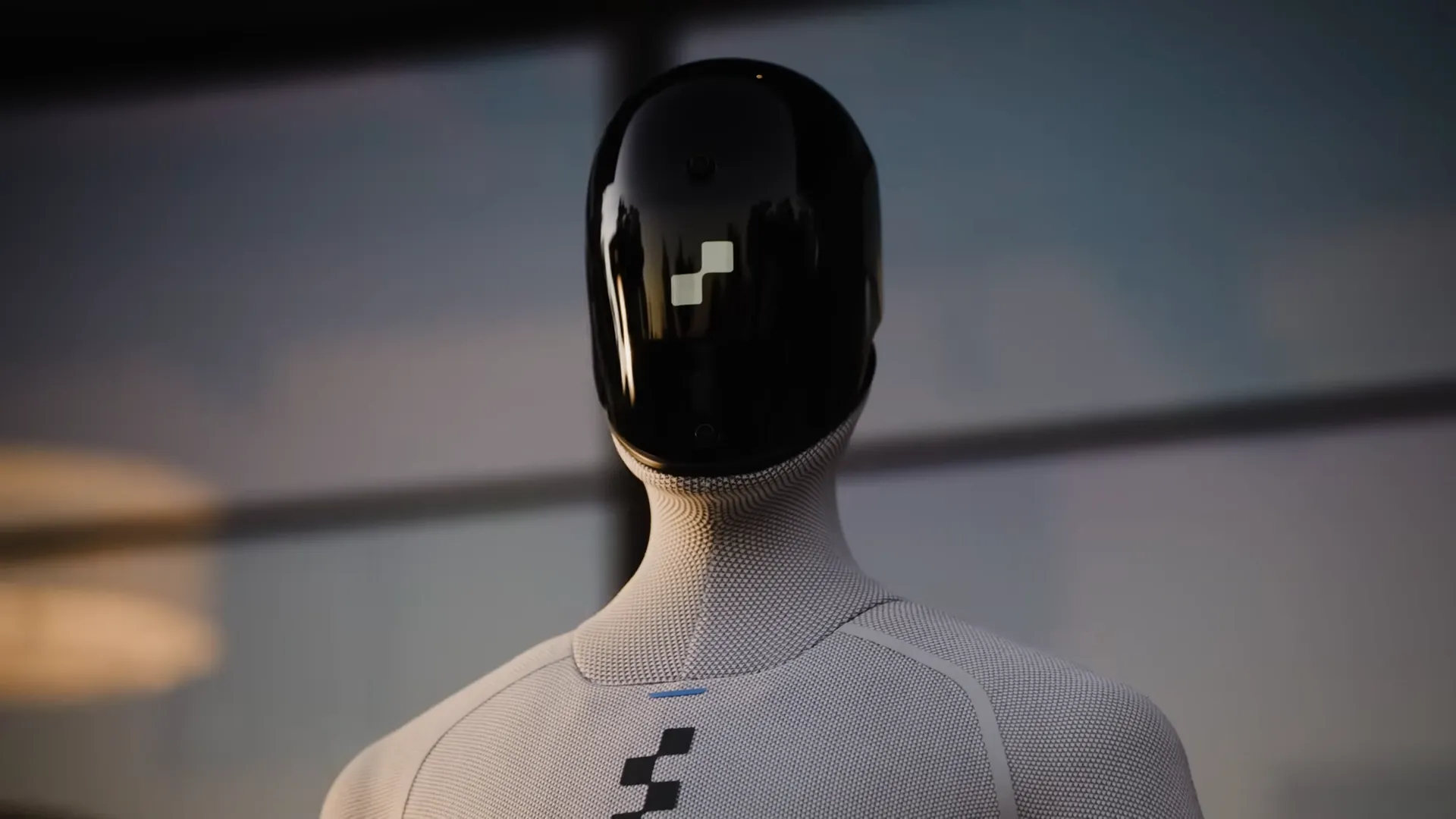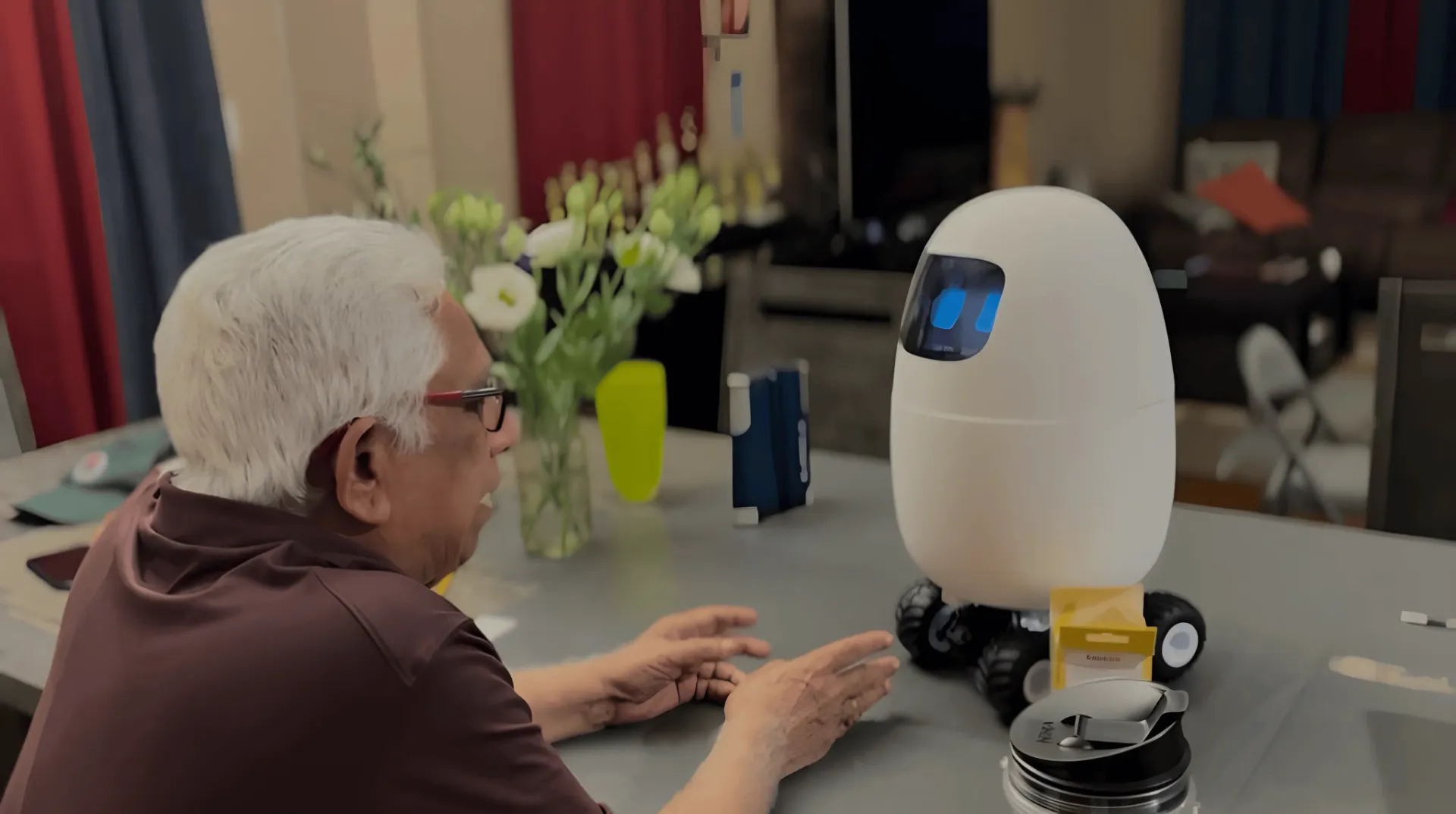- Unitree R1 is a lightweight (25kg), affordable humanoid robot designed for research, education, and broader use compared to the heavier, pricier G1.
- It features a compact build with efficient actuators and a sensor suite that fuses vision and audio for advanced interaction.
- Powered by onboard multimodal AI combining speech and vision, the R1 enables real-time, context-aware responses without cloud dependency.
- OTA updates ensure the robot improves continuously post-deployment.
- Compared to Unitree G1, the R1 offers lower weight, simpler degrees of freedom, and a drastically reduced price, making humanoid robotics more accessible.
- While G1 excels in payload capacity and advanced manipulation, R1 focuses on affordability and user-friendly interaction, opening robotics to wider audiences.
Unitree R1: Ushering in an Era of Accessible Humanoid Robotics
The world of robotics is witnessing a transformative moment. At the forefront is the newly launched Unitree R1—a machine that redefines what it means to be an affordable, intelligent humanoid robot. To understand just how far we’ve come, let’s explore the R1’s journey from blueprint to reality, the technology powering it, and how it stands beside its predecessor, the formidable Unitree G1.
First Impressions: The R1 Steps Into the Spotlight
Imagine unboxing the R1 for the first time. Its humanoid form hints at both approachability and purpose. At only 25kg, the R1 feels light in your hands, a significant contrast to the bulkier G1. Its compact build and purposeful stance promise a blend of classroom-friendliness and research-grade capability—a robot designed to move, learn, and interact alongside humans.
The Engineering That Powers the R1
Delving beneath its shell reveals the thoughtful craftsmanship that Unitree has refined over years of research. The light frame, made of advanced materials, is equally about durability and mobility. Every gram was shaved away for agility without compromising strength, embodying the spirit of a robot made not just for labs, but for everyday interaction.
Let’s look at how the Unitree R1 and the previous G1 compare in tangible terms:
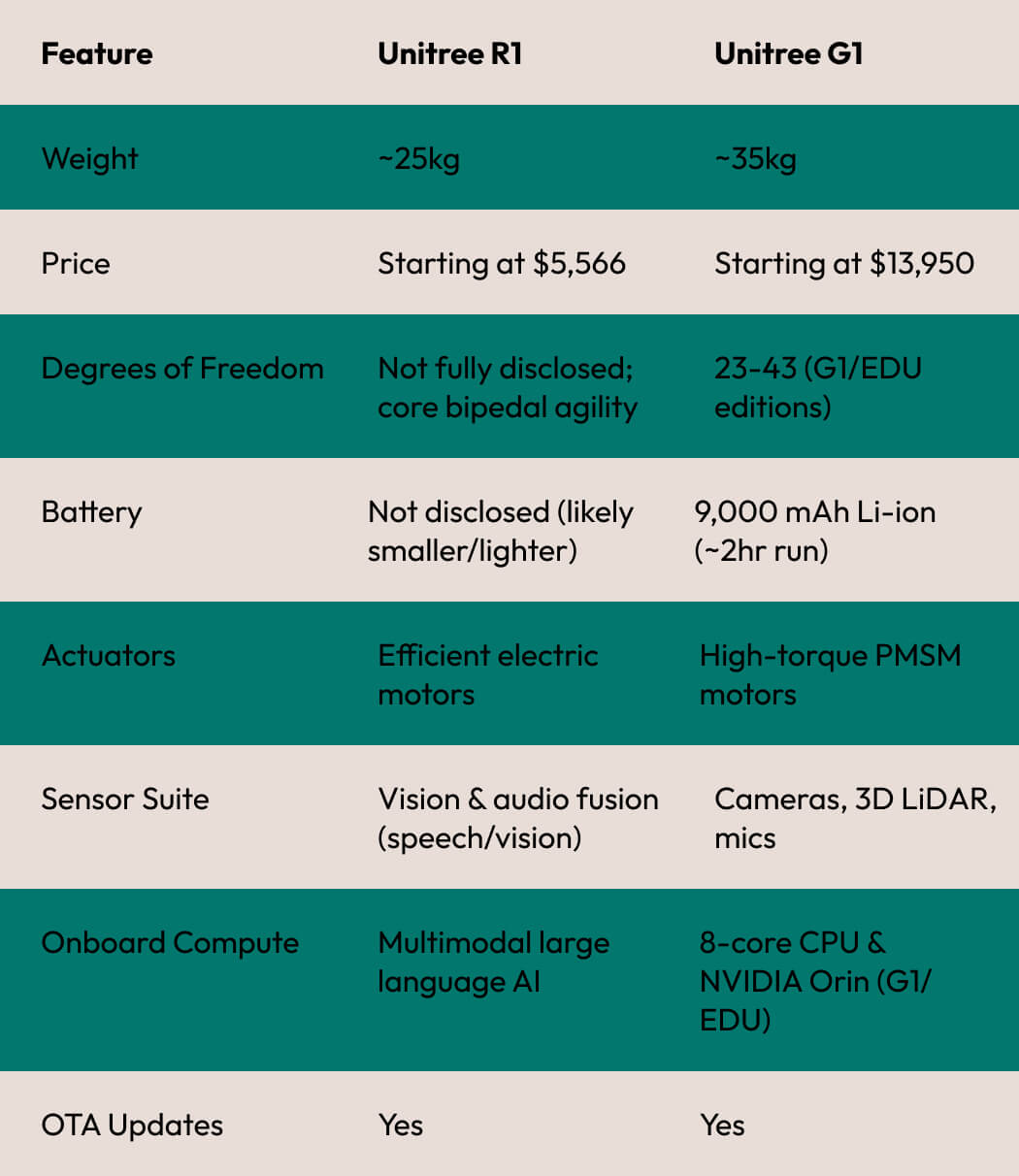
The Software: Teaching R1 to Understand, See, and Speak
But hardware tells only half the story. What truly sets the R1 apart is its intelligence. Beneath its plastic smiles, the R1 runs a sophisticated multimodal AI fusing vision and language. Picture the robot pausing to listen, recognizing your voice, then turning its “head” and giving a visual search of the room before responding in context. This advanced on-board processing allows the R1 to react and interact in real time—no cumbersome cloud waits, just seamless engagement.
R1’s software receives continuous upgrades thanks to over-the-air connectivity, ensuring that each day in use can bring smarter conversations and richer responses.
Real-World Capabilities: A Humanoid That Engages
The R1 moves like a storyteller walks a stage—its bipedal locomotion is stable, yet lively, designed for natural movement in human environments. With its fusion of vision and speech, it isn’t just a machine, but a partner in conversation, education, and demonstrations.
Its main target? Research labs, educational institutions, and forward-thinking hobbyists. Yet, the landmark price point means the R1 could slip into homes and offices, sparking curiosity far beyond traditional robotics hubs.
R1 vs. G1: Comparing Generations
Both robots signal peaks of engineering—but their purposes have diverged as Unitree’s vision has expanded:
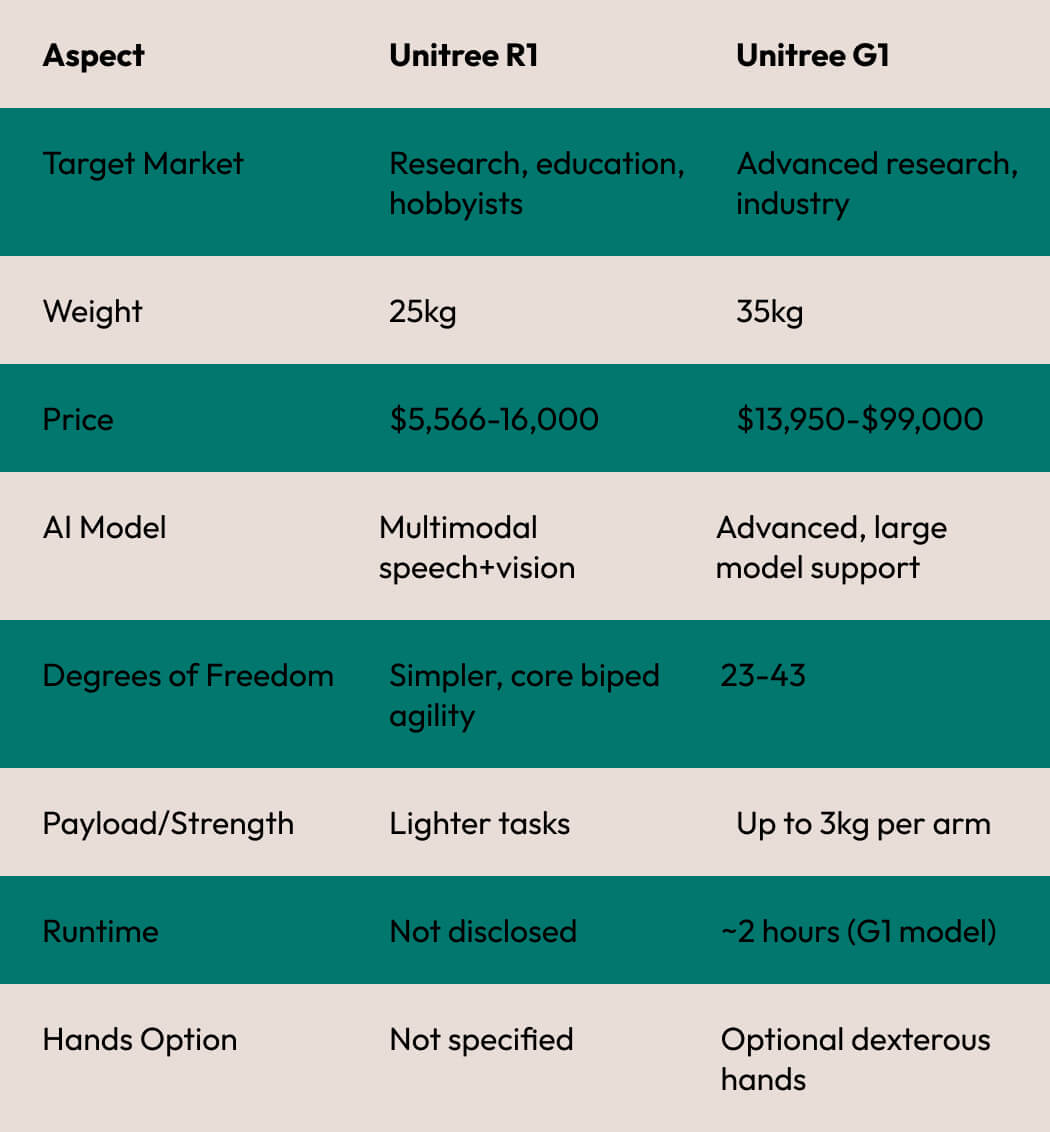
Where the G1 might stride onto a factory floor lifting tools with precision, the R1 might enter a classroom, answering questions, learning from its environment, and bringing robotics to a wider audience than ever before.
Setting a New Standard
The release of the Unitree R1 feels like a true watershed moment. Its advent marks a step not just in robotics, but in democratizing who can build, teach, and experiment with humanoids. The lightweight frame, approachable price, and integrated AI see the R1 poised to become as common in learning spaces as 3D printers once did.
Meanwhile, those seeking muscle and maximal research flexibility will still find champions in the heavier, stronger G1 range. But for the world dreaming of accessible, interactive robots, R1 may be the first wave of a future that walks quietly on two agile feet—into classrooms, labs, and perhaps daily life.
